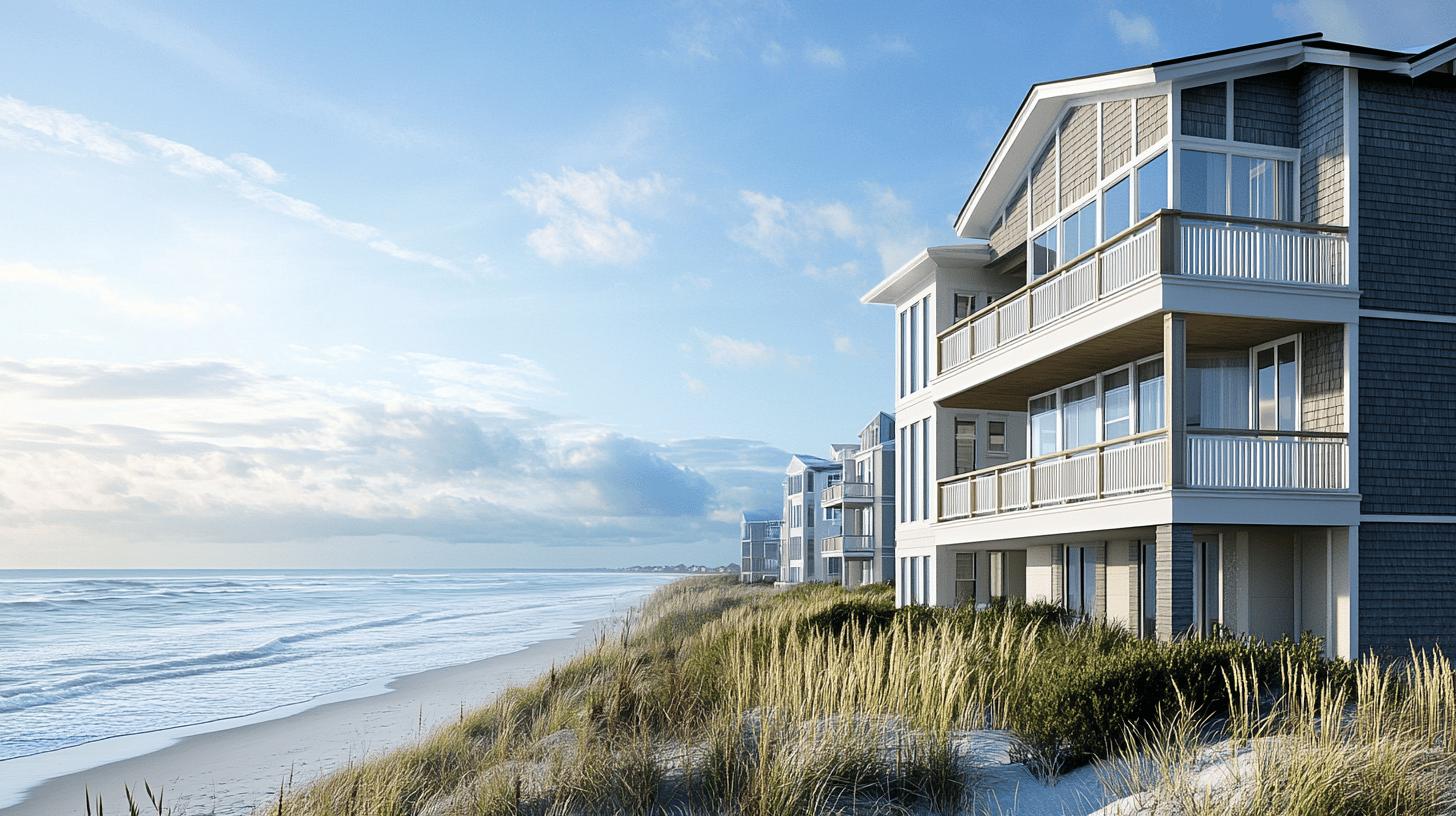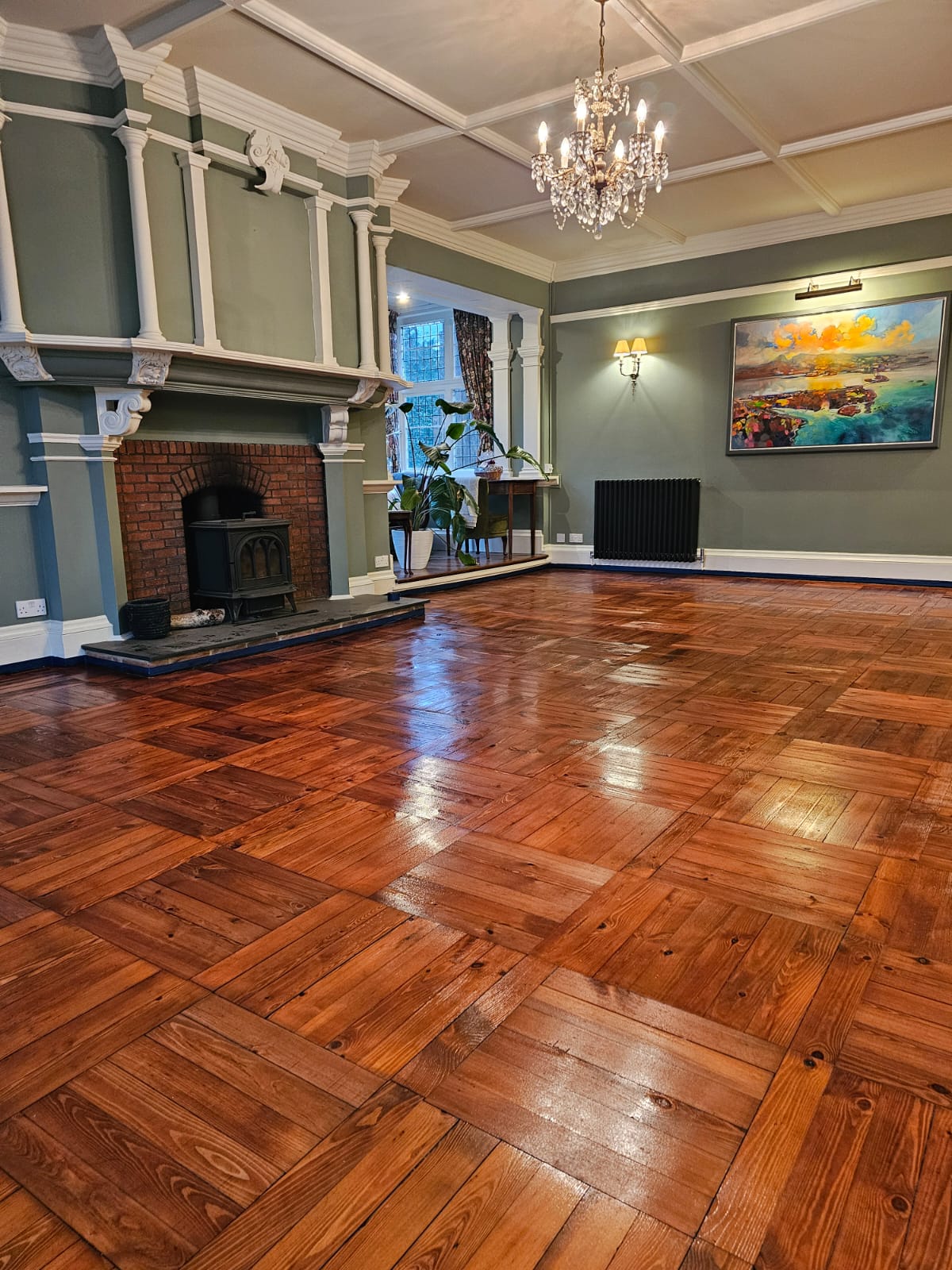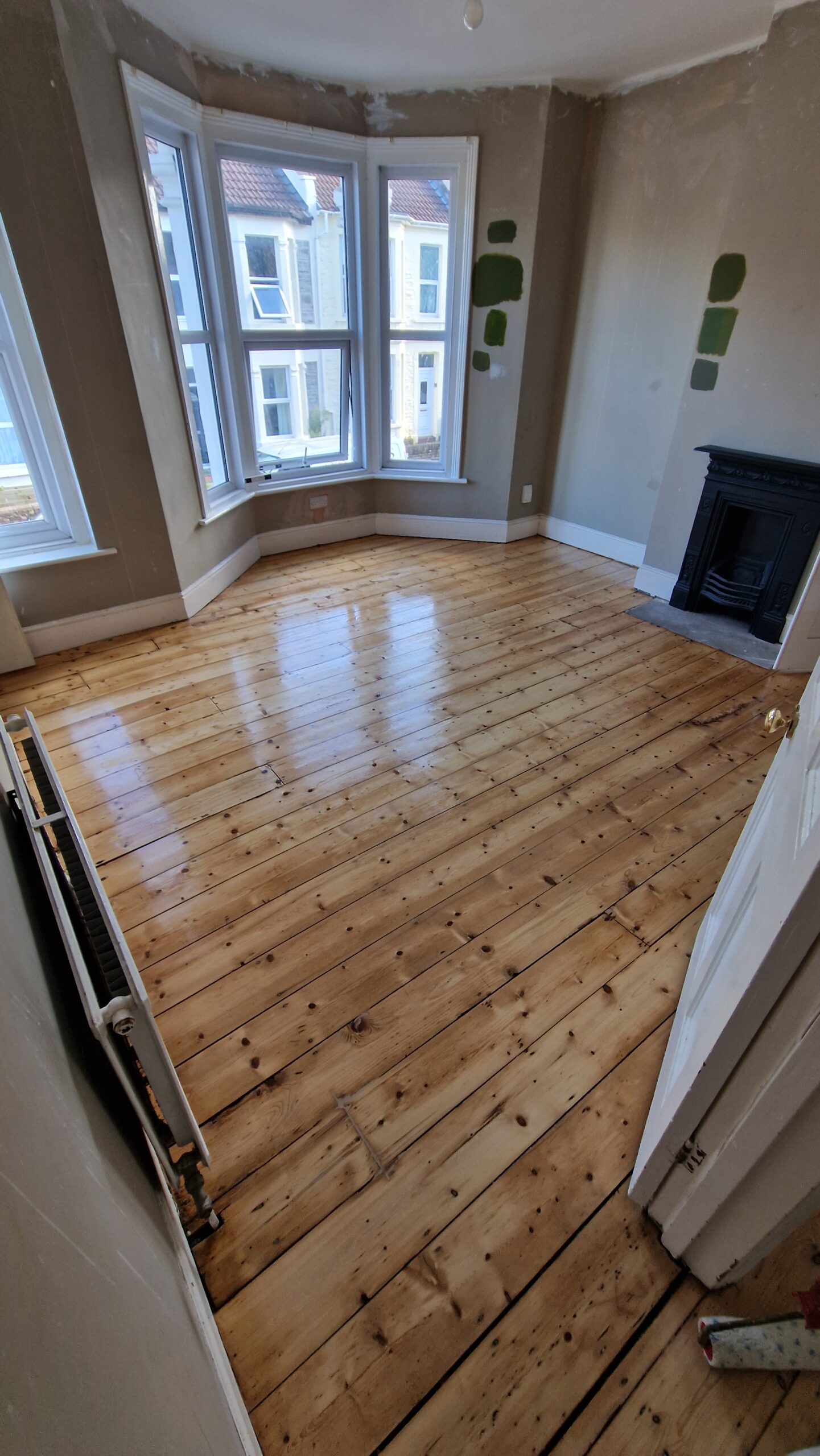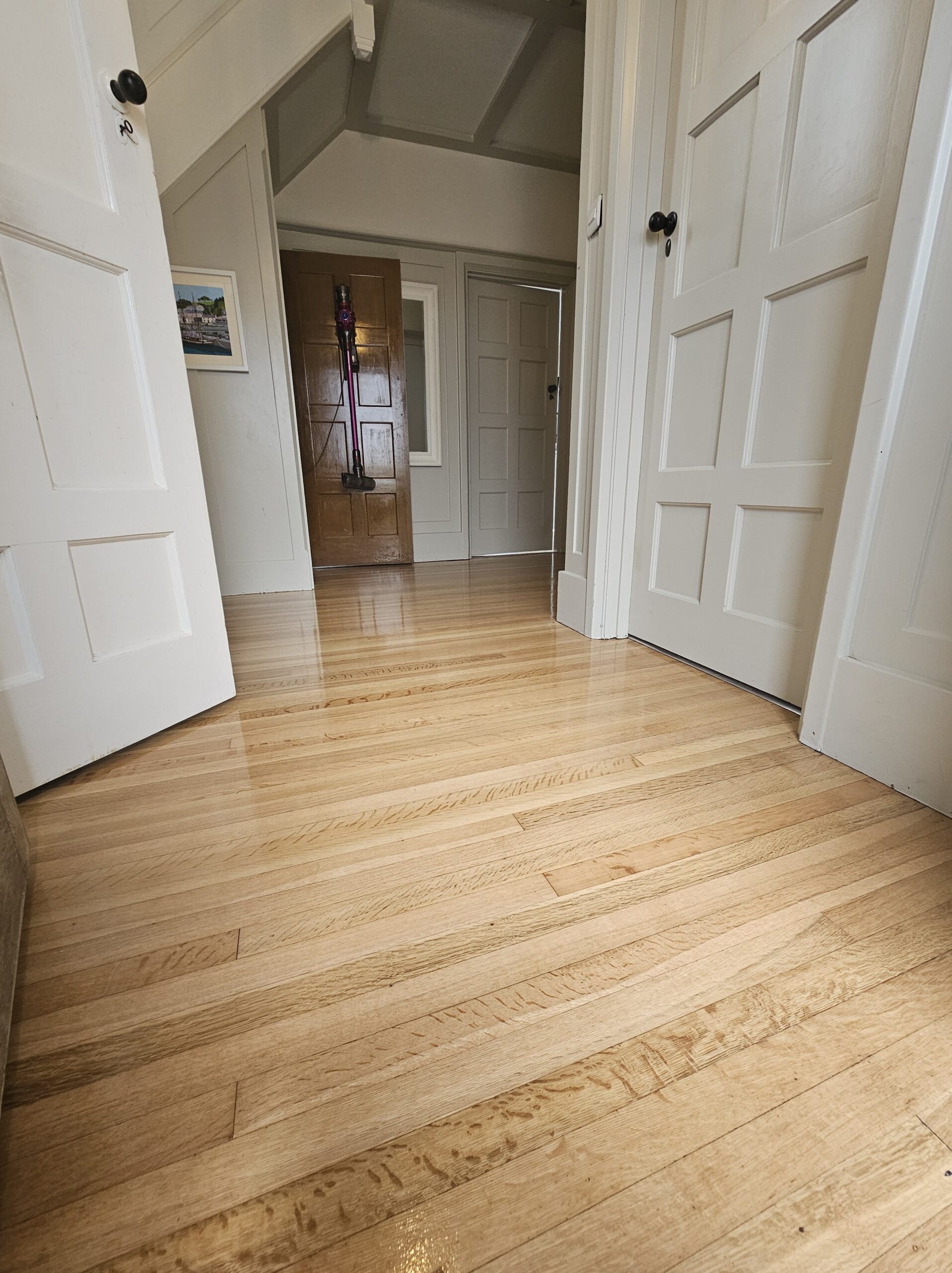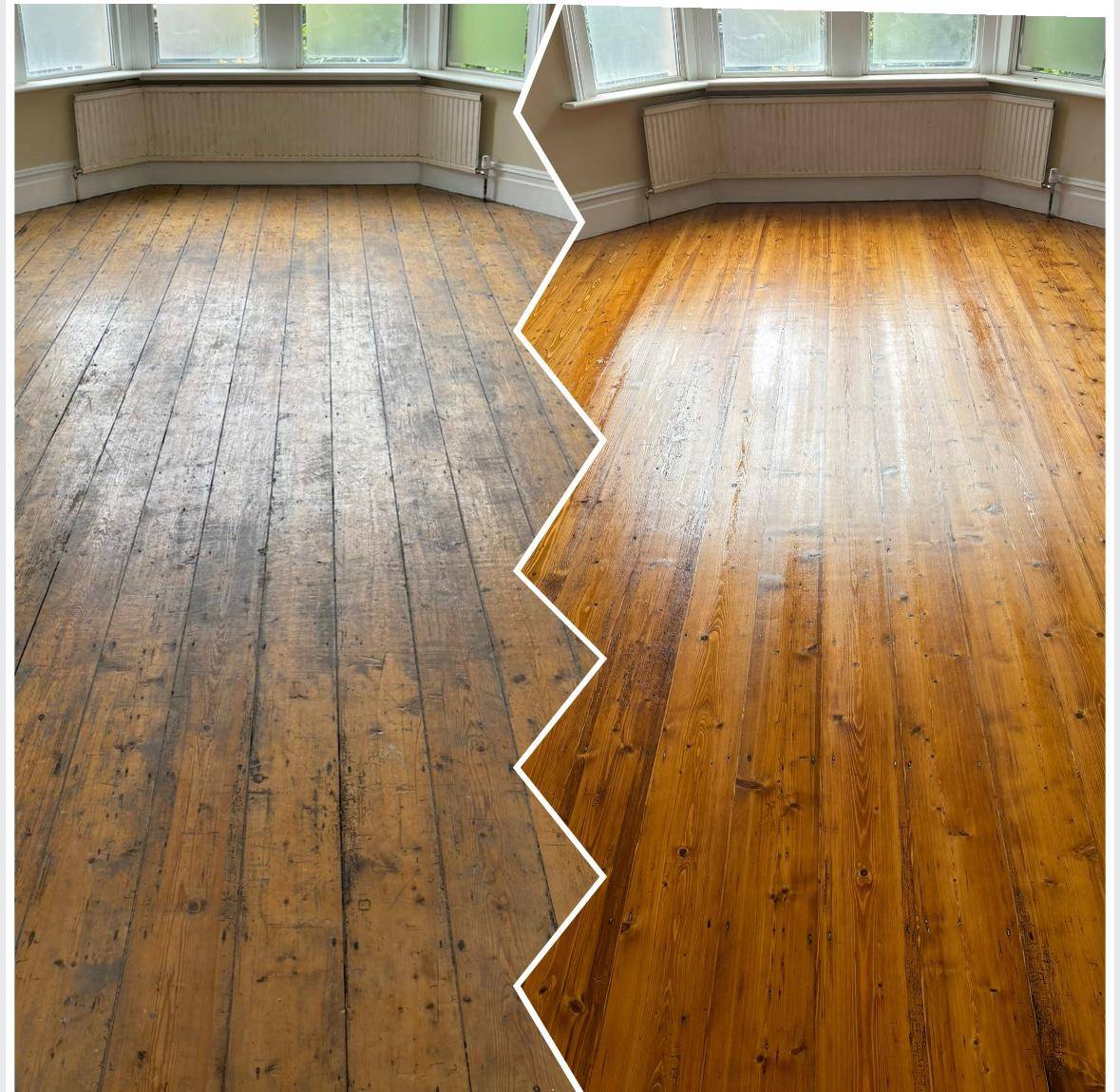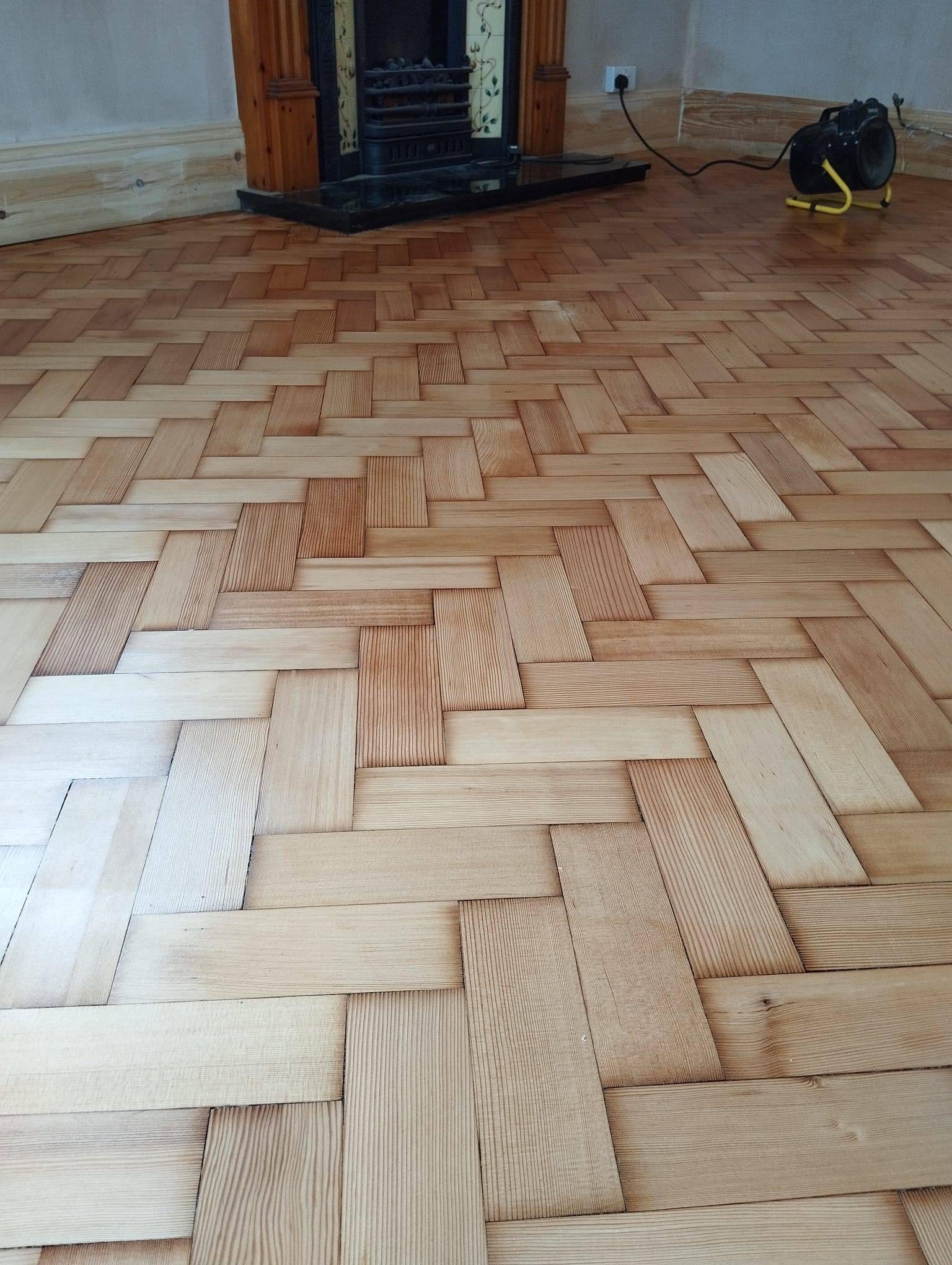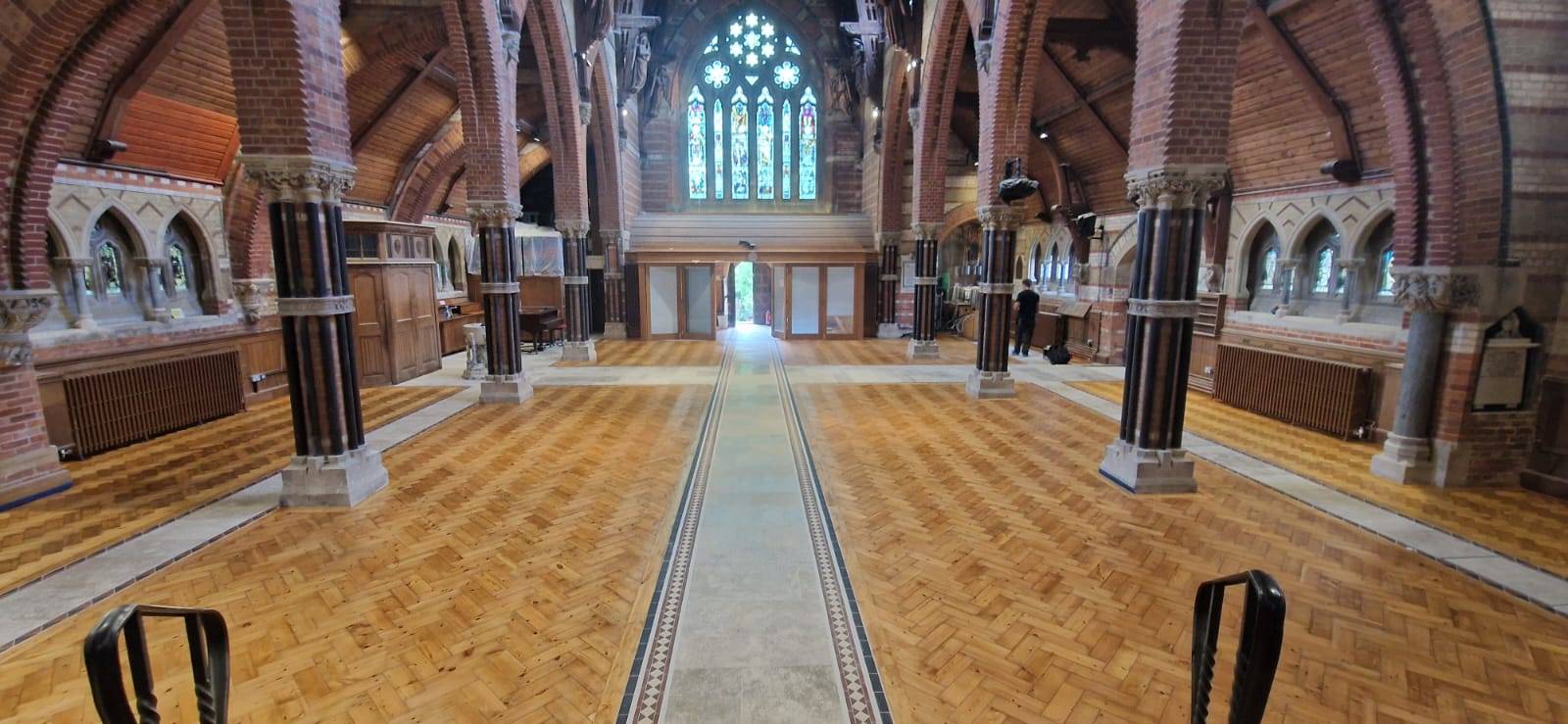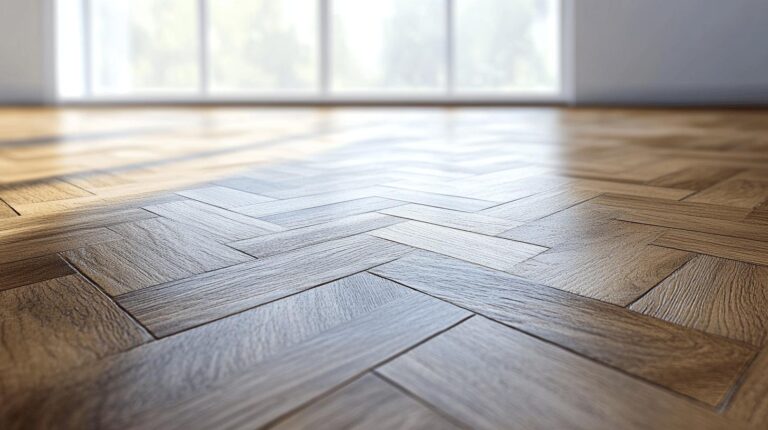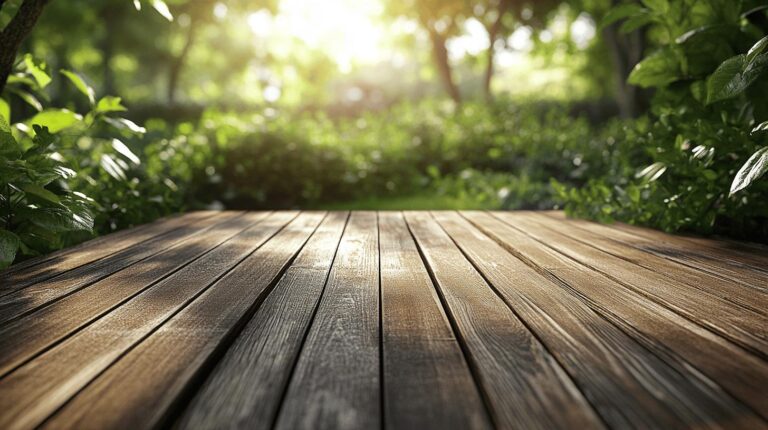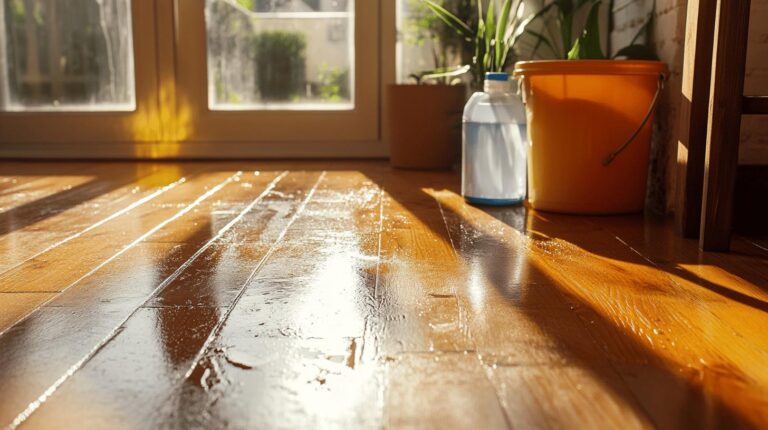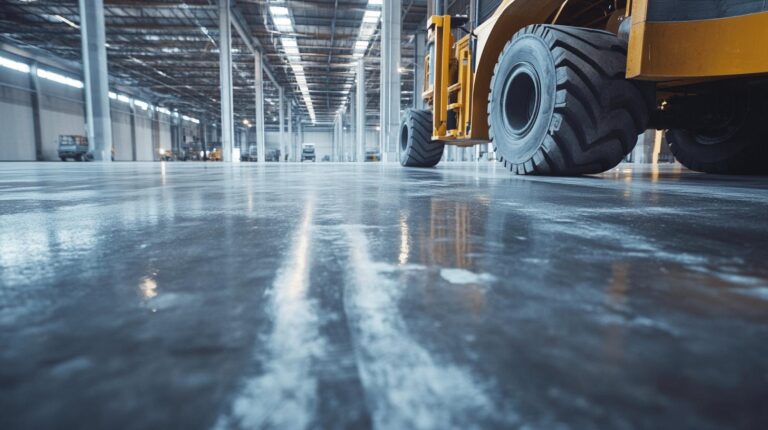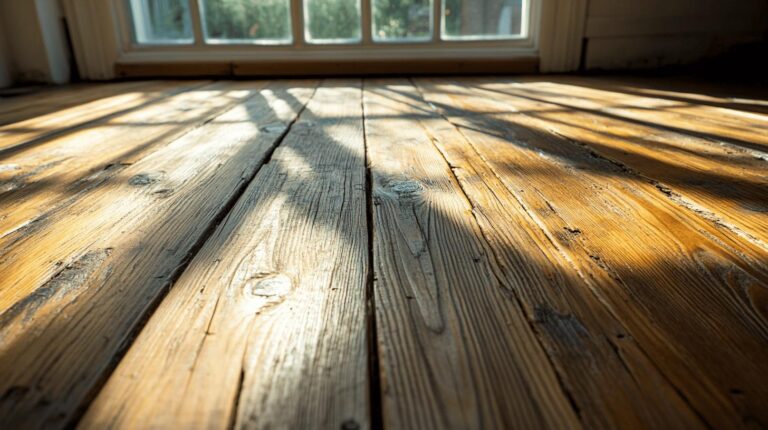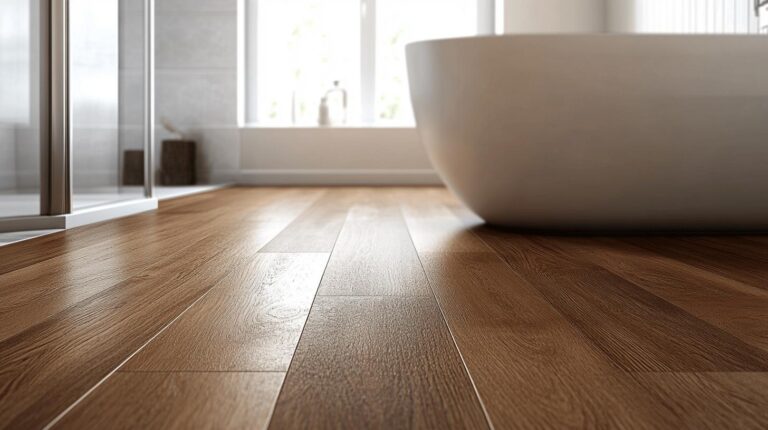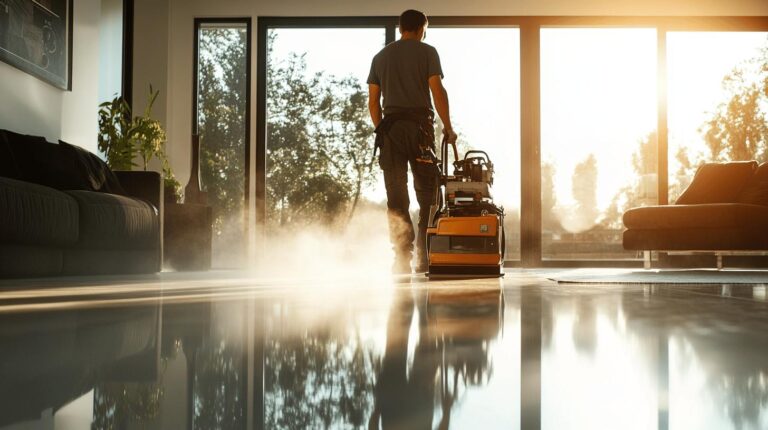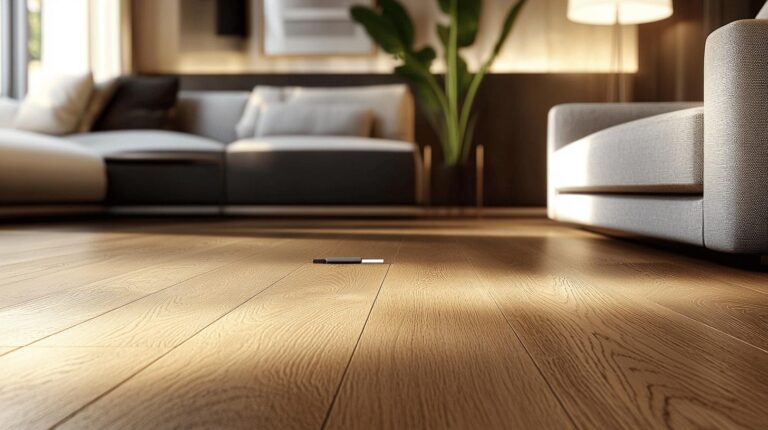Is your beachfront property losing its sheen due to the relentless assault of moisture and salt air? Coastal environments are beautiful yet unforgiving, with salt air notorious for wreaking havoc on building materials, particularly windows and doors. This atmospheric problem emanates from sodium chloride, which attracts and retains moisture, leading to destructive degradation over time. The need for Coastal Finish Systems, designed to combat these specific environmental challenges, is more crucial than ever. Discover how they provide the vital protection your property demands, elevating its resilience and aesthetic appeal.
Understanding Coastal Finish Systems for Moisture and Salt Air Protection
Salt air, laden with sodium chloride, presents unique challenges to coastal homes due to its corrosive nature. Windows and doors are particularly susceptible to damage as salt air attracts and retains moisture, leading to gradual material degradation. Over time, this can result in structural weaknesses and aesthetic deterioration, making it crucial to implement effective protective measures. Moisture resistance and salt air protection are essential in prolonging the lifespan of building materials, ensuring the structural integrity of coastal properties.
- Corrosion of Metal Fixtures: Salt air accelerates rust and corrosion on metal surfaces, compromising structural integrity.
- Discolouration of Surfaces: Exposure leads to unsightly stains and fading, affecting the aesthetic appeal of homes.
- Wood Rot: Moisture retention causes wood to swell, leading to rot and decay over time.
- Sealant Degradation: Salt air can weaken sealants, resulting in leaks and reduced insulation.
- Hardware Deterioration: Hinges, locks, and other hardware become prone to failure due to corrosion.
.
To combat these issues, Coastal Finish Systems are employed as protective barriers. These systems incorporate advanced materials and coatings specifically designed for harsh coastal environments. By reducing the impact of moisture and salt air, they extend the lifespan of building components and maintain the property’s overall value. Implementing Coastal Finish Systems is a proactive step in ensuring the long-term resilience and functionality of coastal structures.
Innovative Solutions in Coastal Finish Systems
Innovation plays a crucial role in combating the persistent challenges posed by salt air and moisture in coastal environments. With the constant threat of corrosion and material degradation, employing advanced finish systems and weatherproof coatings is essential to protect structures effectively. The development of innovative building techniques has led to the creation of specialised solutions that enhance the durability and longevity of coastal homes, ensuring they remain structurally sound and visually appealing. These solutions, designed to withstand harsh conditions, significantly reduce the impact of environmental factors on building materials.
The W-Finish Coating
The W-Finish weatherized coating stands out as a revolutionary solution in the realm of advanced finish systems. Composed of a super durable polyester powder, this coating provides an unparalleled layer of protection for metal door hardware, specifically in humid and salty climates. By forming a robust barrier against sunlight and moisture-induced corrosion, the W-Finish extends the lifespan of door hardware significantly. This advanced coating is particularly beneficial in coastal environments where traditional finishes may falter, as it offers enhanced resilience and reliability. The application of the W-Finish ensures that metal components maintain their integrity, reducing the need for frequent replacements and maintenance.
Employing such advanced systems as the W-Finish coating delivers multiple benefits for coastal properties. These systems not only enhance the resistance of materials to environmental stressors but also contribute to maintaining the aesthetic appeal and functional performance of structures. By investing in innovative solutions, property owners can safeguard their investments, minimise repair costs, and ensure that their buildings withstand the test of time in challenging coastal climates.
Installation Techniques for Coastal Finish Systems
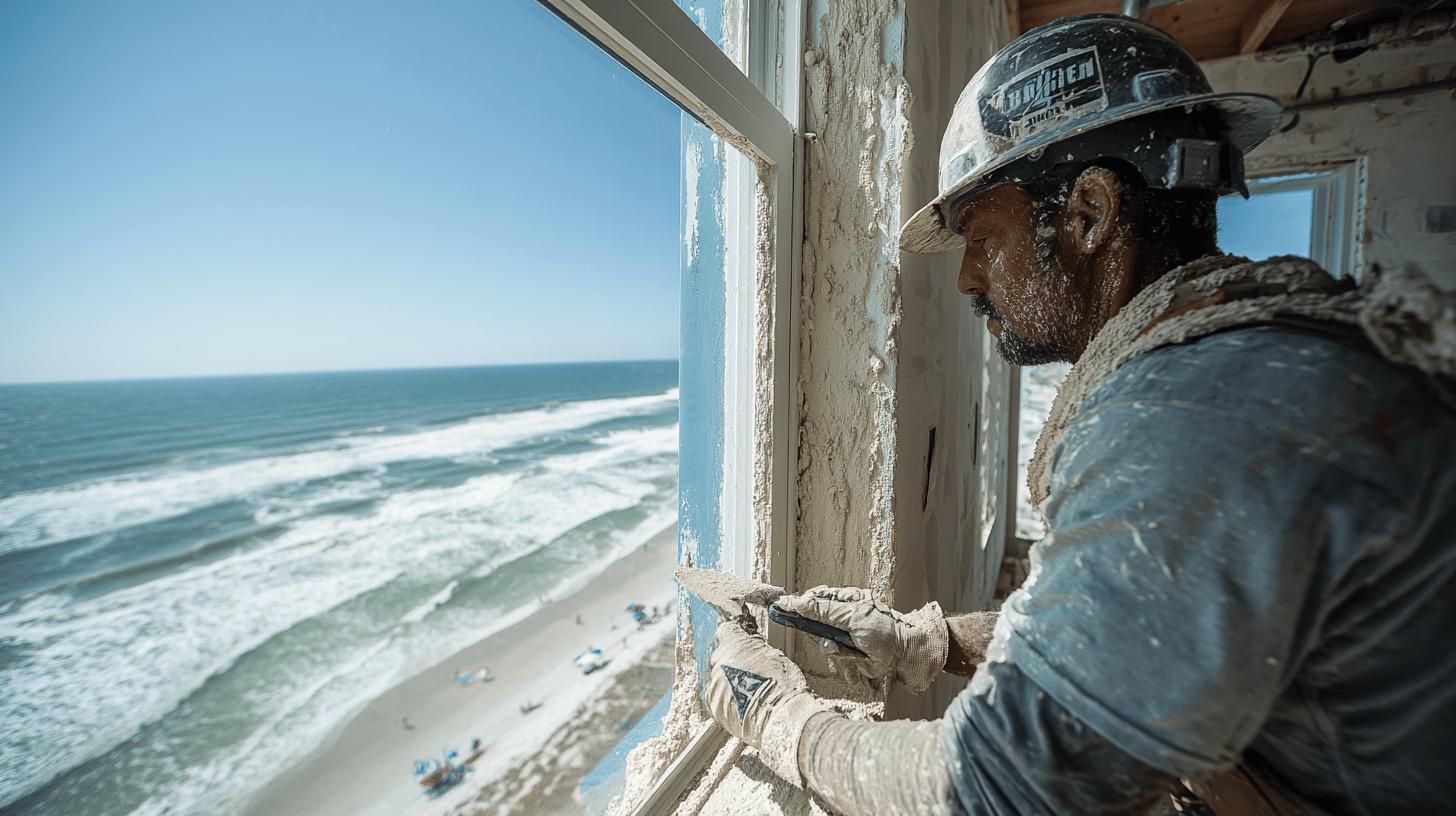
Proper installation techniques are paramount in ensuring that Coastal Finish Systems function effectively in protecting buildings from moisture and salt air. In coastal environments, where salt air can degrade materials and compromise structural integrity, meticulous attention to detail during installation can significantly enhance the resilience of construction. Professional installation not only maximises the protective properties of materials but also extends the service life of critical components like windows and doors. By adhering to industry best practices, contractors can help prevent premature deterioration and maintain the integrity of essential building elements.
Sealant Application Best Practices
Applying sealants correctly is a crucial component of building envelope protection in coastal settings. Sealants serve as a barrier against moisture infiltration, which is essential for maintaining construction resilience. To ensure long-lasting protection, it is important to select high-quality, marine-grade sealants that are specifically designed for harsh environmental conditions.
Begin by thoroughly cleaning the surfaces to remove any debris or contaminants that could affect adhesion. Once the surfaces are prepared, apply the sealant in a continuous, even bead, ensuring complete coverage of all joints and seams. This step is critical in preventing potential gaps that could allow moisture intrusion. After application, smooth the sealant with a tool or your finger to ensure it fully adheres to the surfaces and forms a tight seal. Monitoring the sealant as it cures, and making any necessary adjustments, will ensure optimal performance.
By implementing these techniques, property owners and contractors can effectively combat the challenges posed by coastal conditions, safeguarding structures against the damaging effects of moisture and salt air.
Case Studies: Coastal Finish Systems in Action
Real-world examples of Coastal Finish Systems illustrate their significant role in combating the challenges posed by moisture and salt air. These case studies demonstrate the practical application of repair and restoration techniques, highlighting the importance of property maintenance and building resilience in coastal environments.
Ryan’s Devon Project
In Devon, Ryan’s project faced the typical challenges of salt air and moisture, which threatened the structural integrity and aesthetic appeal of coastal homes. One significant issue was the accelerated corrosion of metal fixtures and the onset of wood rot. To address these problems, a comprehensive approach was adopted, focusing on the application of weatherproof coatings and regular maintenance schedules. By implementing advanced sealants and protective barriers, the project successfully mitigated moisture infiltration and prolonged the lifespan of building materials. Regular inspections and pressure washing were crucial in preventing salt build-up and maintaining the integrity of surfaces, thereby safeguarding the properties against environmental damage.
Cornwall Restoration Initiative
The Cornwall Restoration Initiative showcased innovative restoration techniques aimed at enhancing building resilience against the relentless coastal elements. The primary focus was on reinforcing structural components and upgrading existing materials to withstand the harsh conditions. Marine-grade materials were employed, particularly in window and door installations, to prevent corrosion and decay. Additionally, the use of flexible sealants and advanced weatherproof coatings ensured a robust defence against moisture intrusion. The initiative also emphasised the importance of ongoing property maintenance, including routine repainting and inspection of all structural elements, to maintain the efficacy of these protective measures over time.
Lessons learned from these case studies underscore the need for proactive maintenance and the utilisation of high-quality materials in coastal environments. By adopting comprehensive repair and restoration strategies, property owners can effectively manage the risks posed by erosion and salt air, ensuring the longevity and safety of their investments.
Expert Recommendations for Coastal Finish Systems
Expert insights are invaluable in selecting and maintaining Coastal Finish Systems to combat moisture and salt air effectively. The harsh conditions of coastal environments necessitate the use of specialised materials and techniques to ensure longevity and durability. Marine-grade materials, sealants, and adhesives are pivotal in preserving the structural integrity of coastal properties. By following expert recommendations, property owners can protect their investments from the damaging effects of environmental factors, such as corrosion and decay.
- Marine-Grade Materials: Utilise marine-grade metals and woods that offer superior resistance to salt-induced corrosion and decay.
- Flexible Sealants: Opt for flexible sealants designed for coastal conditions to accommodate structural movement and prevent moisture ingress.
- Stainless Steel Hardware: Employ rust-resistant hardware, such as stainless steel, to avoid corrosion and maintain functionality.
- Marine-Grade Oils: Apply marine-grade oils to wooden surfaces for enhanced protection against moisture and UV damage.
- Routine Maintenance: Conduct regular inspections and maintenance to address any emerging issues, ensuring long-term preservation of materials.
.
Maintaining structural integrity in coastal environments requires a proactive approach, combining the right materials with consistent upkeep. Regular maintenance of windows and doors, including cleaning and resealing, is crucial to prevent moisture and salt build-up. By adhering to these expert recommendations, property owners can effectively safeguard their coastal homes against the relentless impacts of moisture and salt air, ensuring both aesthetic appeal and structural soundness are preserved over time.
Final Words
Exploring the intricacies of Coastal Finish Systems reveals their indispensable role in safeguarding coastal homes from the relentless impact of salt air and moisture. Innovative solutions, such as the W-Finish coating, along with effective installation techniques, provide a robust defence against environmental degradation.
Real-world examples from Devon and Cornwall highlight the importance of proactive measures in maintaining property value and resilience. Embracing expert recommendations, including the use of marine-grade materials, ensures structural integrity and longevity.
Through these strategies, Coastal Finish Systems prove essential in fighting moisture and salt air, securing the longevity of coastal properties.
Protect your beach house floors → Floor Sanding Devon
FAQ
Q: Why is salt air a concern for coastal buildings?
A: Salt air concerns coastal buildings because sodium chloride attracts moisture, causing material degradation over time. This results in corrosion and damage, especially to windows and doors.
Q: What common issues does salt air exposure cause?
A: Salt air exposure causes corrosion of metal parts, deterioration of wood, fading of paint, rusting of fixtures, and eventual material strength reduction, requiring specific finish systems to prevent these problems.
Q: How do Coastal Finish Systems protect against moisture and salt air?
A: Coastal Finish Systems provide a protective barrier against moisture and corrosion, using advanced finishes and materials to extend the lifespan of building components in salty, humid conditions.
Q: What is the W-Finish weatherized coating?
A: The W-Finish coating protects metal door hardware from humid, salty climates. It combats corrosion and extends hardware lifespans by shieldinge them from sunlight and moisture-induced deterioration.
Q: How does professional installation enhance Coastal Finish Systems’ effectiveness?
A: Professional installation maximises protection by ensuring proper application and maintenance. This reduces premature deterioration and maintains hardware integrity against environmental challenges.
Q: What are best practices for sealant application in coastal areas?
A: Effective sealant application involves cleaning surfaces thoroughly, using specialised sealants for coastal conditions, applying evenly, and allowing adequate curing time to ensure lasting protection.
Q: How have Coastal Finish Systems been implemented successfully in real-world projects?
A: Projects like Ryan’s Devon & Cornwall initiatives demonstrate Coastal Finish Systems’ effectiveness, showcasing moisture combat and improved building resilience through targeted restoration techniques.
Q: What expert recommendations exist for selecting Coastal Finish Systems?
A: Experts recommend using marine-grade materials, rust-resistant hardware, and flexible sealants. Regular maintenance is vital to enhance longevity and maintain windows and doors in coastal homes.
